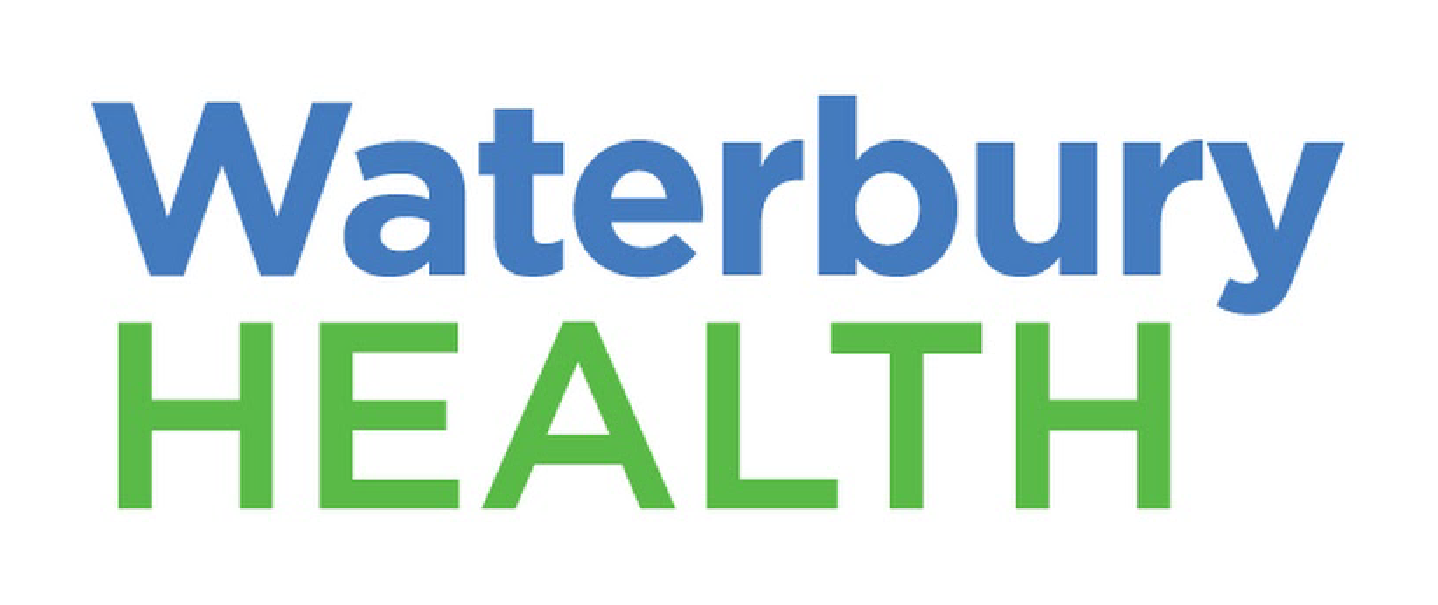Clear Your Mind of Headaches and Migraines!
Headaches and migraines affect millions of people worldwide, impacting their well-being and daily functioning.
While headaches can sometimes be brushed off as comparatively minor inconveniences, migraines are a neurologic condition that can cause debilitating pain and leave people unable to function in their daily lives. Women are especially susceptible to migraines. According to the National Institutes of Health, women are three to four times more likely than men to suffer from the condition.
June is National Migraine and Headache Awareness Month and the perfect time to explore the causes, symptoms, and available treatment options for these conditions – and, hopefully, help you to live a headache-free life!
Triggers for Migraine
While the exact cause of migraines is not well understood, scientists believe inflammation due to abnormal levels of naturally occurring substances in the brain can cause blood vessels to swell and press down on nerves, causing pain. Some people also seem to have a genetic disposition to migraine headaches. For many people, a combination of triggers is known to set off an attack, including:
- Stress
- Tension
- Dehydration
- Lack of or too much sleep
- Skipped meals
- Certain foods (such as chocolate, caffeine, alcohol, or foods containing nitrates, MSG, or other additives)
- Environmental triggers (such as bright lights, loud noises, or strong odors)
- Hormone changes during the menstrual cycle
Since women typically become significantly more susceptible to migraine than men after they reach puberty, scientists believe the monthly fluctuations in hormones such as progesterone and estrogen that women experience during the menstrual cycle may affect the nervous system and brain, making migraine more likely.
Signs and Symptoms
Migraine is much more than just “a bad headache.” A migraine headache is usually an intense, throbbing pain on one, or sometimes, both sides of the head.
Migraine sufferers can also experience nausea, dizziness, vomiting, and difficulty concentrating, as well as sensitivity to light and sound. Some people with migraine may see spots or flashing lights or have a temporary loss of vision.
Keeping a headache diary can help you identify patterns and pinpoint your personal triggers, enabling you to make proactive lifestyle adjustments that can be the first step toward managing and preventing future episodes.
Treating Migraine
While there is no cure for migraine, the condition can be managed with your health care provider’s help. They can evaluate your symptoms, conduct necessary tests, and prescribe appropriate treatments. For example, over-the-counter pain-relief drugs such as aspirin, acetaminophen, or NSAIDs (nonsteroidal anti-inflammatory drugs) like ibuprofen relieve mild migraine pain for some people. If these drugs don't work for you, your doctor might want you to try a more powerful prescription medication.
There are also a number of steps you can take on your own behalf to treat migraine symptoms when they happen and help make them less frequent and less severe. Here are some of them:
- Prioritize self-care – Stress is a major headache and migraine trigger, especially for women, who often juggle multiple responsibilities both at work and at home. Take time out for yourself, indulge in activities that bring you joy, practice relaxation techniques like deep breathing or meditation, and ensure you get enough restful sleep.
- Maintain a healthy lifestyle – Regular exercise, a well-balanced diet, and staying hydrated are essential components of a healthy routine. Avoid alcohol, caffeine, and other food-related triggers. Incorporate stress-reducing activities, such as yoga, gentle stretching, or going for a leisurely walk, into your day. Maintaining a healthy lifestyle can significantly reduce the frequency and intensity of headaches and migraines.
- Seek empathy and support – It’s important to know that you’re not alone on your journey to a headache-free life. Finding solace in a community of like-minded individuals can make a world of difference. Connecting with others who understand the challenges of living with headaches and migraines can provide emotional support and helpful coping strategies. Reach out to support groups, online forums, or friends and family who may have experienced similar issues. Organizations like the American Migraine Foundation and the National Migraine and Headache Awareness Month offer numerous resources for people suffering from headaches and migraines.
- Try non-traditional therapies – Alternative treatments such as acupuncture, massage, and biofeedback have shown promise in relieving headache and migraine symptoms. You can explore these different options under the guidance of a health care professional to find what works best for you.
Remember: If you suffer from headaches or migraines, taking some of these proactive steps and making some important lifestyle changes can help you embrace each day with renewed energy and vitality!
